Session one: Phonology and Phonetics 思维导图

语音与语音学介绍
树图思维导图提供 Session one: Phonology and Phonetics 在线思维导图免费制作,点击“编辑”按钮,可对 Session one: Phonology and Phonetics 进行在线思维导图编辑,本思维导图属于思维导图模板主题,文件编号是:9522372b570baacdc9cfe8696e52d96a
思维导图大纲
Session one: Phonology and Phonetics 思维导图模板大纲
This session’s objectives
By the end of this week, you should be able to:
Understand the difference between phonology and phonetics
Analyse sounds in context – vowels and consonants
Identify word stress patterns
Identify and analyse features of connected speech
Transcribe speech using the IPA
Consider the difficulties L2 learners might have with aspects of phonology
We have included some reference materials for phonology and phonetics at the end of the handout. This is to help you if you chose to do the task on phonology and phonetics for the assignment.
You should watch the mini-lectures on phonology and phonetics. After the mini-lectures, you should go through this and do the tasks, and read Chapter One of Ladefoged and Johnson (2015). This is available through Minerva and you can also access a digital version of the book through the University of Leeds library. You do not need to cover the sections on wave forms in this chapter.
Phonetics and phonology
Phonology is how sounds are perceived and so is related to particular languages.
In phonological or phonemic transcriptions, you should use slanted lines i.e. / /.
The unit of analysis in phonology is phonemes. Different languages have different phonologies and so different phonemes and even when the same symbol is used in different languages the sound may not be the same. For example both English and Chinese have the phonemes /b/ and /p/ but the difference between them in English is to do with voicing while the difference in Chinese is to do with aspiration.
English
Chinese
/p/
/b/
/p/
/b/
[pʰɪl]
[spɪl]
[bɪl]
[pʰɪl]
[spɪl]
[bɪl]
Phonetics
Phonetics looks at how sounds are produced. It has a specialist vocabulary related to different parts of the mouth and throat because that is where sounds are produced. In phonetic transcription you should use square brackets i.e. [ ].
Consonants
Consonants can be described in English in terms of three aspects.
Voicing (voiced sounds mean the vocal chords vibrate, for unvoiced sounds the vocal chords do not vibrate)
Place of Articulation (where in the mouth the sound is produced)
Manner of articulation (how the sounds is produced e.g. a stop or plosive)
Voicing
Plug up your ears with your fingers and say:
[sssssssss] [zzzzzzzzzzz]
What do you notice?
Do it again with
[ffffffffffff] [vvvvvvvvvv]
What do you notice?
Try both again and put your finger to your throat. What do you feel?
[s] is voiced and [z] is unvoiced.
Place of articulation
Here is an image of a mouth and a throat with the place of articulation for consonants.
, [d](do) , [g](go) , [h](hi), [ð] (that) , [f] (fluff)
Bilabial (lips)
b
Labio-dental (lips and teeth)
Dental (teeth)
Alveolar (the ridge behind the teeth)
velar
glottal
Manner of articulation
Some consonants are produced by a kind of explosion, whereas other sounds are more continuous.
Manner of articulation
English has three main ways of producing or articulating consonants: through the nose and sounds which are made in the mouth: fricatives or continuous sounds, and stop or plosives i.e. sounds which stop suddenly, Nasal sounds are continuous. Nasal sounds are usually voiced but because English has no unvoiced nasals, the description of nasals often do not include voicing.
Put these consonants in the appropriate column
[n], [s]. [d], [k] [f] [m] [ŋ [ the sound of ng in “sing” [p] [h]
Nasal/nose sounds
Fricatives/ continuous
Plosives/stops
n
s
d
There are some other manners of articulation, covered later in the handout.
Consonants
Using the IPA chart to help you, describe the following consonants using the terminology introduced in the lecture (voicing, place and manner of articulation).
Voicing
Place of articulation
Manner of articulation
[k]
unvoiced
velar
stop
[m]
[l]
[ʒ]
[j]
Changes in pronunciation
The way sounds are produced is affected by the context in which they are produced.
For example, when you say “ten boys” the “n” at the end of “ten” will often become an “m” because, your lips are preparing to say the bilabial sound /b/. This is called
Changes in pronunciation
Transcribe the following phrases as they would be said in careful speech and how they would be said in casual or connected speech.
Ten pins
Sandwich
Two or more
The idea of it
Vowels
Vowels are generally less fixed than consonants and their description can be quite tricky.
Vowels
The vowels in the following sets of words are the same in received pronunciation for every word except for one. Which word has a different vowel sound?
1.
pen
said
death
mess
mean
2.
meat
steak
weak
theme
green
3.
sane
paid
eight
late
mast
4.
one
fun
bone
son
sun
5.
so
sew
show
cow
no
Vowels
Using the IPA chart to help you, describe the following vowels using the terminology introduced in the lecture (height, backness and rounding).
Height
Backness
Rounding
/ɑ/
Open
Back
unrounded
/e/
/ɜ/
/ᴧ/
/ɔ/
Transcribe this phonetic transcription into normal script.
/rɪˈsiːvd prəˌnʌnsɪˈeɪʃən
Provide a phonemic transcription of the following:
a) School of Education
b) Leeds
c) a cup of tea
d) lovely day, isn’t it?
Phonology across languages
Different languages have different phonologies and this can create problems for learners of second languages.
If you speak a language other than English, can you identify any features of English that you think cause problems for speakers of that language when they learn English? How do these problems relate to phonological and phonetic descriptions?
Transcription
Transcribe this excerpt from Murderers and Other Friends by John Mortimer. Include any aspects of connected speech and primary stress.
Identify any places where connected speech would be different for careful speech.
Consider a learner whose mother tongue is not English. What features of the excerpt would present particular difficulties for them?
To complete this task you will need to arrange to meet with your study group independently before next week’s lecture.
On my first visit the old Singapore had not been entirely obliterated or moved into high-rise shopping precincts. A little of Chinatown remained. The food stalls in parking lots and on street corners, where you could dine lavishly for a dollar on savoury Malaysian omelettes and spiced mutton soup, were still there. At Fatty’s in Albert Street the almost circular owner used to lay his tables in the middle of the road and serve delectable Cantonese cooking. When the traffic got busy, your table might be seized from under you and carried inside the restaurant to prevent a collision between the sweet and sour fish and a battered pick-up truck.
(from Murderers and Other Friends by John Mortimer, 1994)
The phonetics of consonants in the received pronunciation (RP) accent of English (
Manner
Bilabial
Labio-dental
Dental
Alveolar
Post-alveolar
Post-palatal/
palatal
Velar
Glottal
Plosive/Stop
p/b
t/d
k/g
Nasal
m
n
ŋ
Affricative
tʃ /dʒ
Fricative
f/v
θ/ð
s/z
ʃ/ʒ
h
Approximant
w
l
r
j
The phonetics of consonants in standard Chinese (Duanmu, 2007: 24)
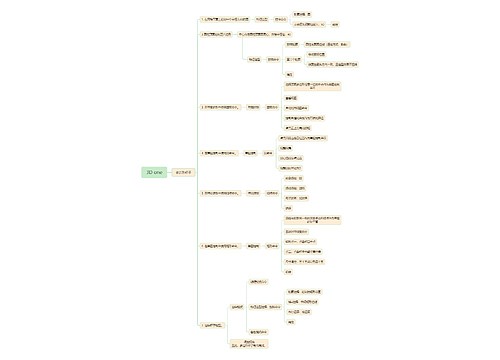

树图思维导图提供 3D one 在线思维导图免费制作,点击“编辑”按钮,可对 3D one 进行在线思维导图编辑,本思维导图属于思维导图模板主题,文件编号是:1dbc37fd7ed885921900e7c649a580a7
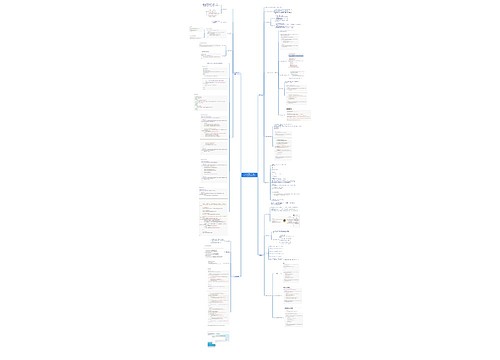

树图思维导图提供 Servlet高级Cookie,Session,Filter,Listener脑图 在线思维导图免费制作,点击“编辑”按钮,可对 Servlet高级Cookie,Session,Filter,Listener脑图 进行在线思维导图编辑,本思维导图属于思维导图模板主题,文件编号是:c99bae42249f258910e94642f0475a7e


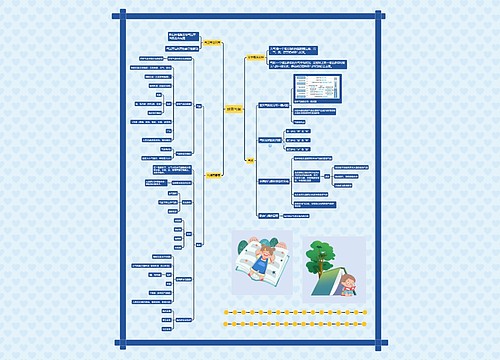
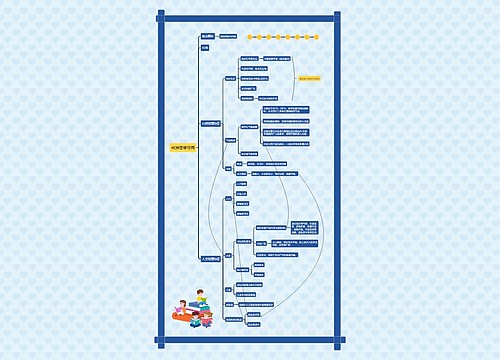
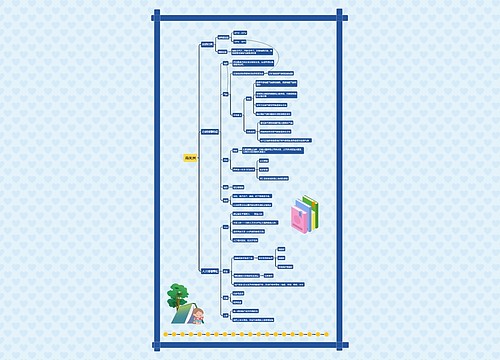
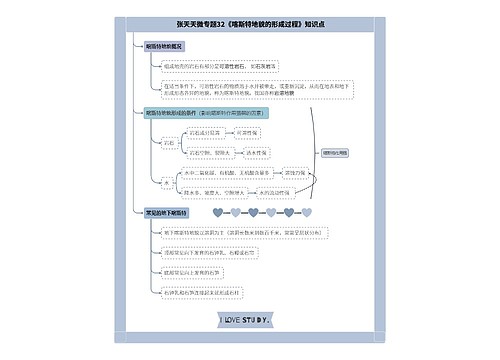
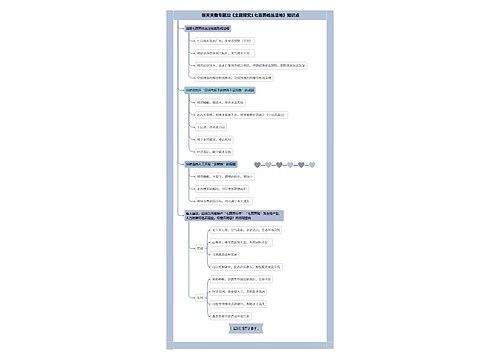
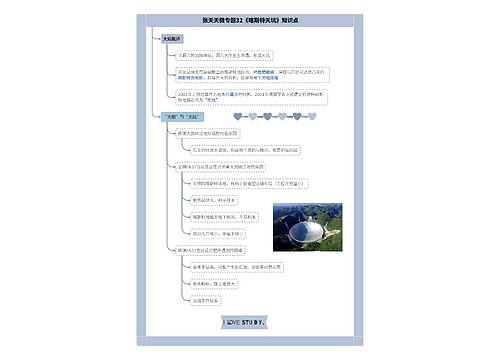
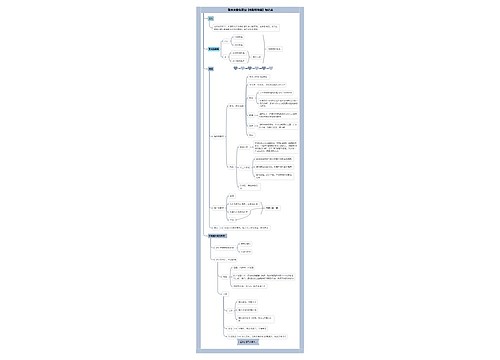
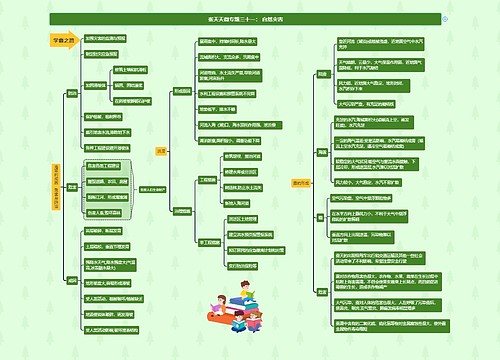
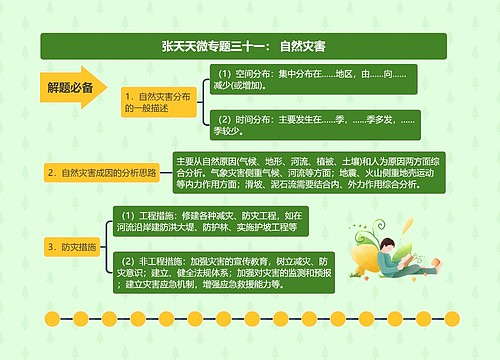
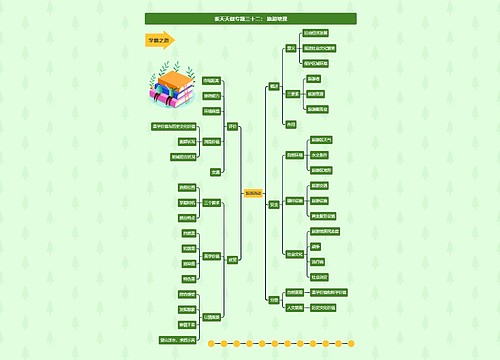
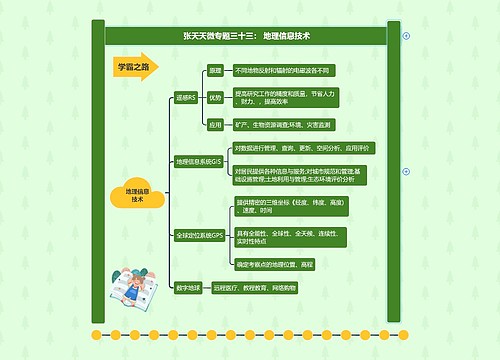
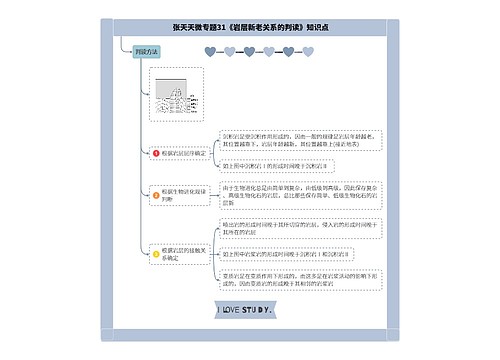
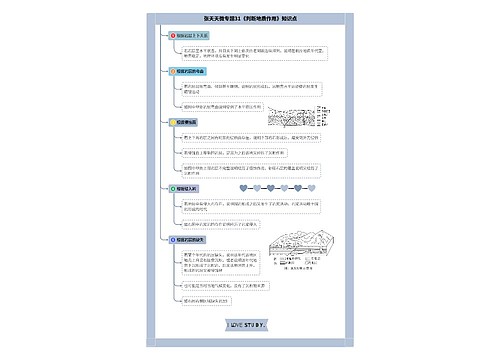


 上海工商
上海工商